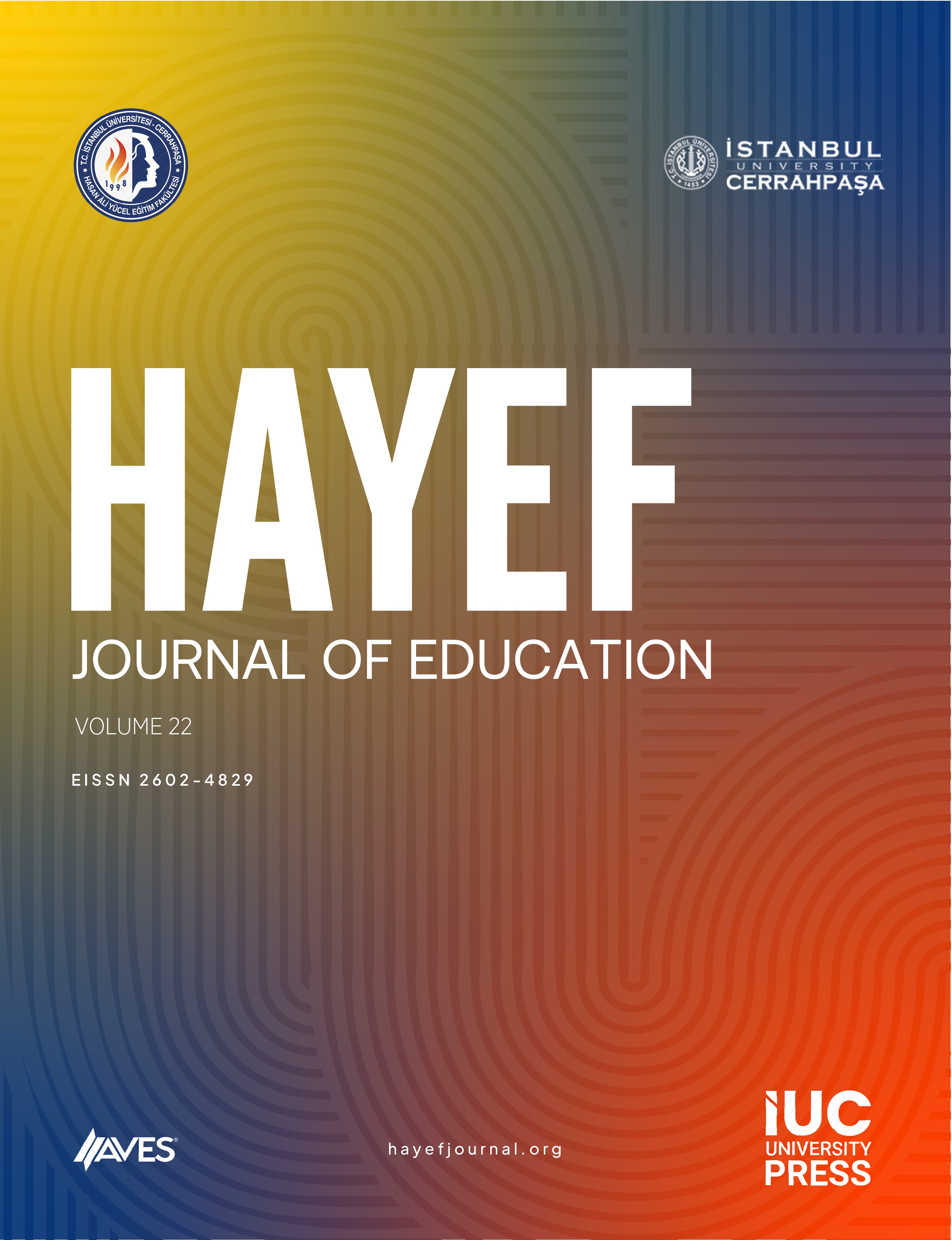This study aims to examine the effects of creative home environments and motivation to learn creative thinking on the creativity potential of children in early child hood. In this context, the study was conducted using a correlational research design, which is one of the quantitative research methods. The study sample consists of 12 teachers working in kindergartens, 103 children in the classes of these teachers, and the parents of these children. The ages of the children participating in the study ranged between 61 and 79 months as of the date of data collection, with 49 girls and 54 boys. The sample was determined using the convenience sampling technique. The data were collected using three different tools: Evaluation of Potential Creativity (EPoC), Creative Home Environment Scale, and Motivation to Learn Creative Thinking Scale. As a result of the study, a significant relationship was found between children’s motivation to learn creative thinking and their creativity potential. There was also a relationship between children’s creative home environment and their motivation to learn creative thinking. In addition, it was revealed that the integrative-graphic thinking style scores of boys were significantly higher than those of girls.
Cite this article as: Atalay, A., & Dereli, F. (2024). Factors affecting creativity potential: creative home environment and motivation to learn creative thinking. HAYEF: Journal of Education, 21(2), 155-164.



